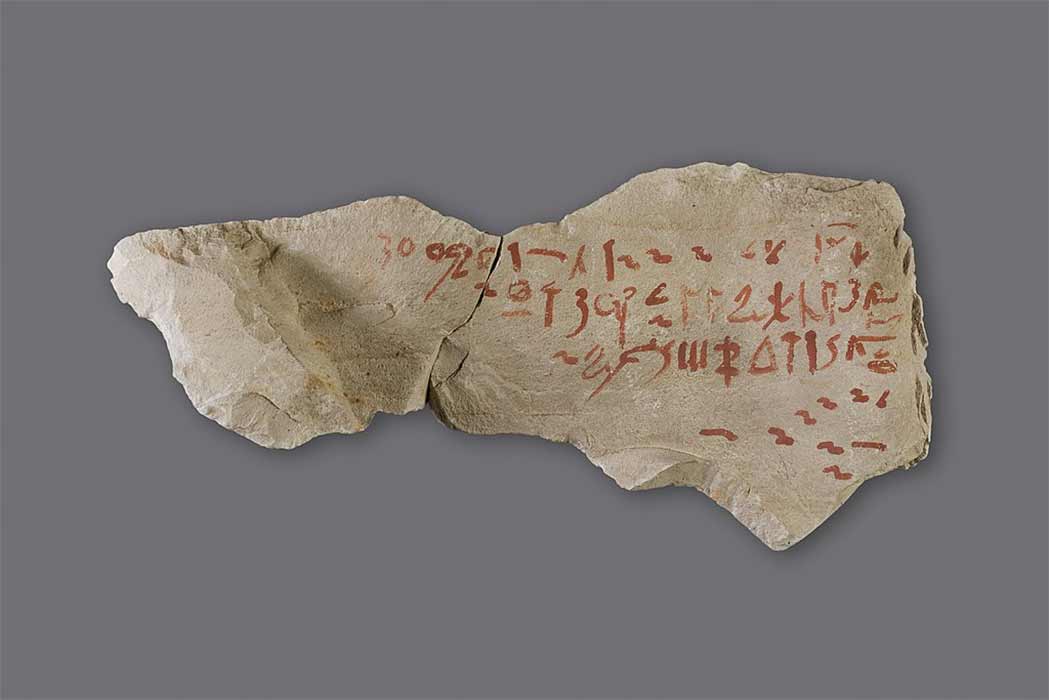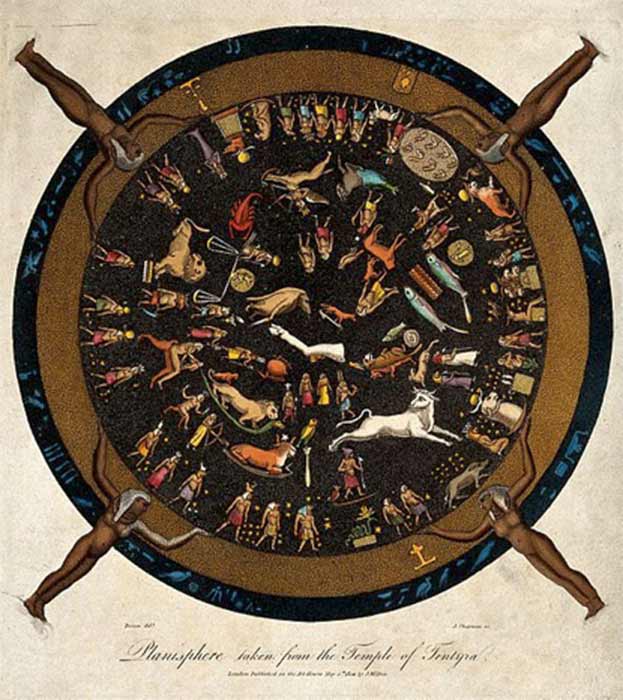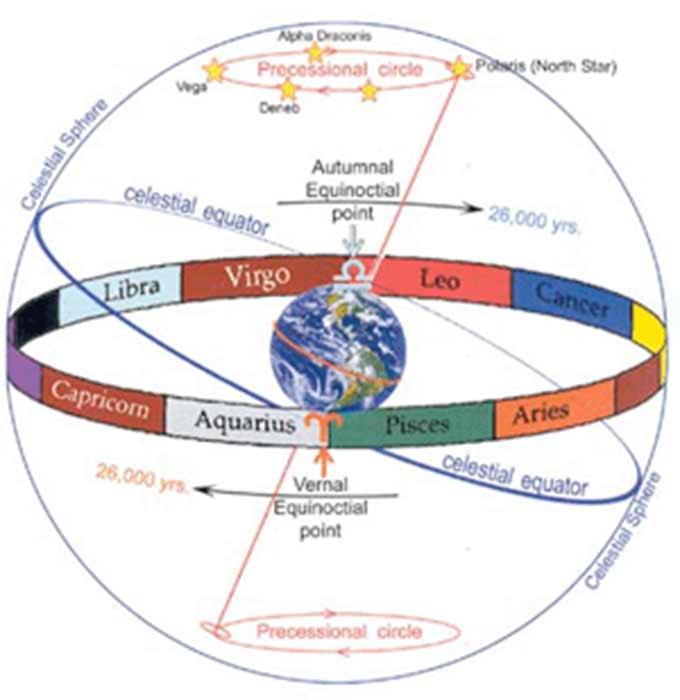
Astrology In The Bible: Jesus The Fisher King
The Old and New Testaments are often portrayed as being written in isolation, and bearing little or no connection to the beliefs that preceded them. But this view is unlikely in the extreme, as the Israelites were resident in Egypt for many centuries prior to the claimed Exodus and are likely to have been highly influenced by the Egyptian monotheism of Pharaoh Akhenaton. It is well known, for instance, that Proverbs 22 comes from the Instructions of Amenemopet, (composed most likely during the Ramesside Period circa 1300–1075 BC) while elements of the Sermon on the Mount come from Maxims of Ani (an ancient Egyptian text written in the style of wisdom literature which is thought to have been composed in the Eighteenth Dynasty). There are many other such examples of Egyptian influence in the Bible.

Hieratic ostracon with the beginning of "The Wisdom of Amenemope", dated to 525–404 BC. Metropolitan Museum of Art (CC0)
There is a possibility that Egyptian astrology was once a central component within the two primary Judaic religions, Judaism and Christianity, but that it has been obscured from popular view by subsequent transcriptions, translations and deliberate obfuscation of the original text. Indeed, the evidence that follows also suggests that the astrological foundations of some secular symbolism may likewise have been lost to mainstream historical understanding.

The figures represented in the Dendera Zodiac correspond to the traditional zodiacal signs ( CC BY 4.0 )
Precessional Astrology
An orthodox Christian education may be quite confident that the Bible contains no information or veneration of 'heretical' beliefs like astrology whatsoever. In fact, surely astrology is Pagan and idolatrous and the complete antithesis of Judaism and Christianity? While this may be a widely held view among the general public it is simply not true, and it may come as a bit of a shock to learn that astrology was originally a central component within Judeo-Christian society and beliefs. While many references to the heavens can be found in the Tanakh and Gospels – including the Jewish good luck greeting of mazel tov, which is more accurately translated as 'good constellation' – references to astrology and the zodiac appear to be entirely absent. It is only when one looks deeper into these sometimes incomprehensible texts that one finds references to astrology; but this is not the daily astrology found in modern magazines, rather a study and veneration of millennial astrology. This long-term study of the heavens is known as precessional astrology, and it is more akin to what one would now call astronomy, as it is based upon a real astronomical event known as the precession of the equinox.

The precession of the equinox around the constellation of Draco takes nearly 26,000 years to complete. This period is known as a Great Year. This precessional 'wobble' moves the 'vernal point' through each constellation of the zodiac, one by one. (Image: Courtesy Ralph Ellis)
Precession is a real astronomical effect, that changes the dominant constellation that rises with the dawn Sun at the vernal equinox (the spring equinox) roughly every 2,140 years. It happens because the earth 'wobbles' gyroscopically on its axis, making the axis of the Earth rotate around the constellation of Draco (around the ecliptic pole) once every 25,680 years. But this rotation has a secondary effect, which causes the vernal equinox sunrise (the vernal point) to pass through each constellation in turn, but in a retrograde fashion to normal astrology. Therefore, the Sun takes about 2,140 years to transit each of the 12 constellations. The terminology this celestial motion generates is as follows:




